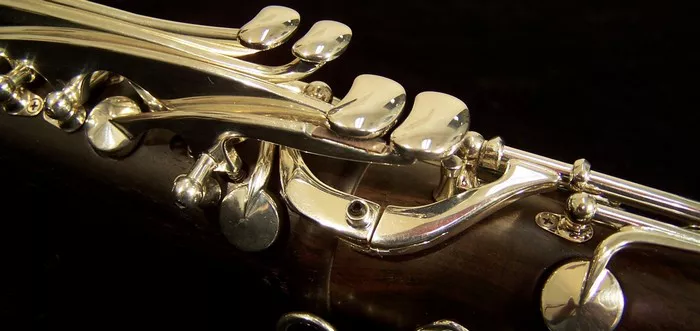Within the vast family of clarinets lies a diminutive yet powerful member: the E-flat clarinet. Often referred to as the sopranino or piccolo clarinet, this instrument possesses distinct characteristics that set it apart from its more commonly known counterparts. In this comprehensive guide, we delve into the intricacies of the E-flat clarinet, exploring its definition, description, size, range, usage in various musical settings, its role in bands, and notable repertoire where its unique voice shines.
What is an E-flat Clarinet
The E-flat (E♭) clarinet, as the name suggests, is a member of the clarinet family, distinguished by its smaller size and higher pitch. It is pitched a perfect fourth higher than the more prevalent B♭ clarinet. The E♭ clarinet is often considered the sopranino or piccolo member of the clarinet family due to its compact size and higher register.
As a transposing instrument in E♭, its sounding pitch is a minor third higher than written, providing a unique challenge for players who must adjust their fingerings and embouchure accordingly. Despite its smaller stature, the E♭ clarinet boasts a rich and vibrant sound that contributes a distinctive timbre to ensembles.
Size and Range
In terms of physical dimensions, the E♭ clarinet typically has a total length of approximately 49 cm, making it noticeably shorter than its larger counterparts. Despite its compact size, the E♭ clarinet possesses a respectable tonal range, typically written up to G6. While this range may seem limited compared to the extended range of A or B♭ clarinets, it is more than sufficient for the melodies and passages typically assigned to this instrument.
Usage
The versatility of the E♭ clarinet makes it a valuable asset in various musical settings, including orchestras, concert bands, and marching bands. In orchestral contexts, the E♭ clarinet often plays a central role, carrying melodies that would otherwise be uncomfortably high for the B♭ clarinet. Esteemed composers such as Berlioz and Mahler have recognized the unique qualities of the E♭ clarinet and have incorporated it extensively as a solo instrument in their orchestral compositions.
In concert bands, the E♭ clarinet is a vital component of clarinet choirs, adding depth and texture to ensemble performances. Its ability to navigate the higher register with ease allows it to shine in passages that demand clarity and agility. Additionally, the E♭ clarinet frequently collaborates with other high-pitched instruments such as flutes and oboes, contributing to the ensemble’s overall blend and balance.
SEE ALSO: Everything You Want to Know About Choosing the Right Clarinet
Role in Bands
The E♭ clarinet possesses a bright and shrill sound reminiscent of the piccolo, making it well-suited for playing garnish parts that add sparkle and brilliance to ensemble passages. In marching bands, where clarity and projection are paramount, the E♭ clarinet stands out as a formidable presence, cutting through the sonic landscape with its distinctive timbre.
In concert band settings, the E♭ clarinet often plays alongside the piccolo, enhancing the upper register and adding a layer of brilliance to the ensemble sound. Its ability to complement other high-pitched instruments makes it a valuable asset in achieving a balanced and cohesive blend within the ensemble.
Notable Repertoire
The E♭ clarinet has been featured prominently in a wide range of repertoire, both classical and contemporary. In standard band repertoire, it often assumes important soloistic roles, showcasing its agility and expressiveness. Compositions such as Gustav Holst’s “First Suite in E-flat for Military Band” and Gordon Jacob’s “William Byrd Suite” highlight the versatility and virtuosity of the E♭ clarinet.
In modern wind band repertoire, composers have continued to explore the unique capabilities of the E♭ clarinet, incorporating it into innovative and exciting compositions. Works such as Adam Gorb’s “Yiddish Dances” demonstrate the instrument’s ability to adapt to diverse musical styles and contexts, further cementing its place as a cornerstone of the contemporary wind band repertoire.
Conclusion
In conclusion, the E-flat clarinet occupies a distinctive position within the clarinet family, characterized by its smaller size, higher pitch, and vibrant sound. From its humble beginnings to its prominent role in contemporary ensembles, the E♭ clarinet has proven to be a versatile and indispensable instrument in a variety of musical settings. Whether soaring above the ensemble in a solo passage or blending seamlessly with other high-pitched instruments, the E♭ clarinet continues to captivate audiences with its unique timbre and expressive capabilities. As musicians continue to explore new horizons and push the boundaries of artistic expression, the E♭ clarinet remains a steadfast companion, enriching the musical landscape with its timeless charm and versatility.


